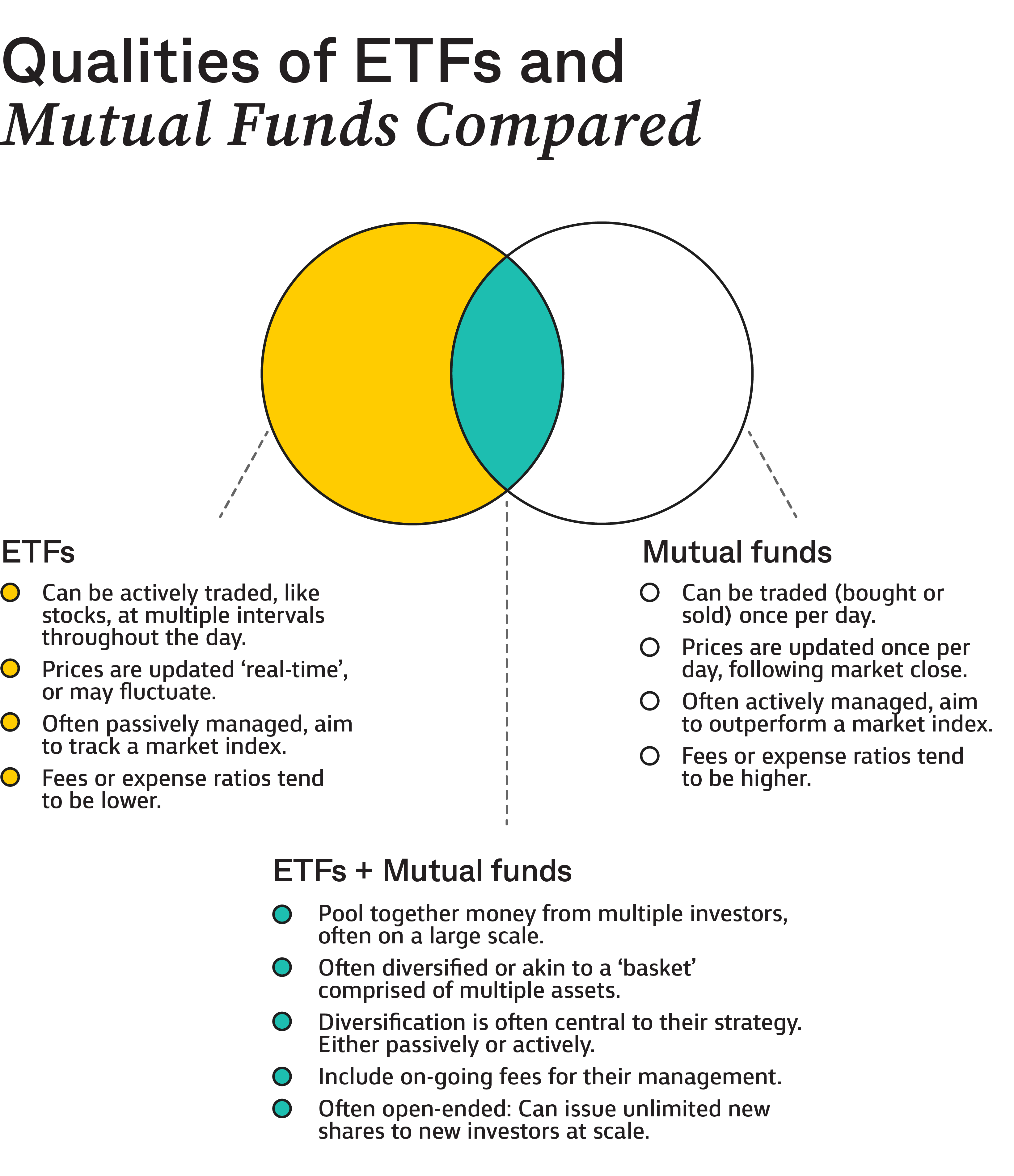
Case study: Strategy
Key takeaway: You can select an ETF that’s fit for purpose
Jill’s a retiree on a limited budget and she wants an investment that will provide a steady income stream.
She’s just sold her family home as the kids have moved out and it’s time to downsize into something smaller and cheaper. And she made a tidy profit on the sale!
But what can she do with the extra cash? She’d much prefer to supplement her income, while letting her money grow, but her savings account is returning a paltry interest rate and she doesn’t know anything about the bond market.
Meanwhile, her son Bob has just started working and he wants to build a nest egg. He’s happy to take on a little more risk in the short term, as long as his investment grows over a long time period. He wants capital appreciation.
Jill could buy a high dividend paying share, like Acme Mining Co, that will give her a steady stream of income. But what if Acme’s share price collapses, or it reduces its dividend? She could also buy an ETF that invests in high dividend paying companies which will also provide a steady stream of income when it pays out distributions, while the ETF managers will spread the risk by investing in a diverse range of dividend paying companies.
Bob, however, wants a strategy that will grow in value over time. He could invest in an ETF that targets high growth companies, like those in the technology sector. Again, the ETF managers will spread the risk, investing in a number of growth stocks, and readjust the portfolio to target a certain level of capital appreciation.




